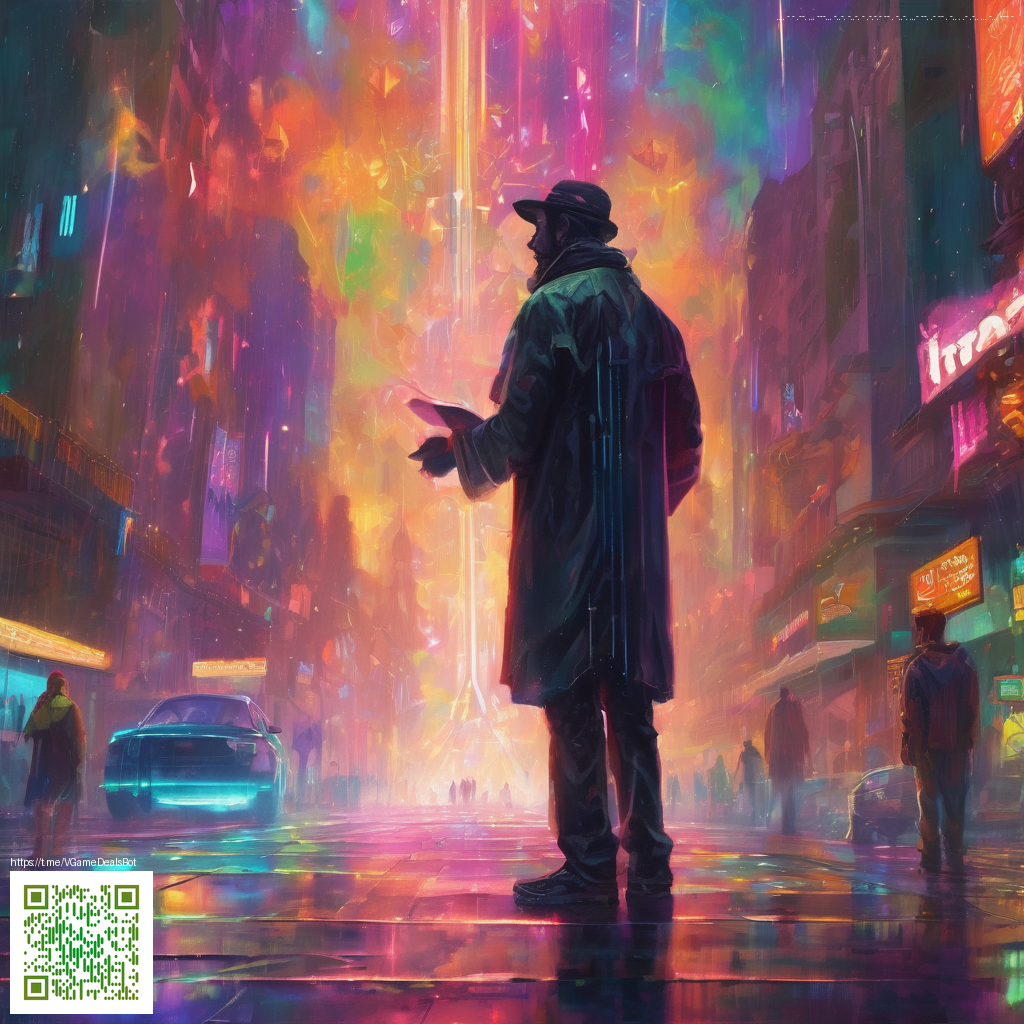
Crafting Color Palettes for Digital Paper
Choosing color palettes for digital paper is less about chasing the latest trend and more about guiding a viewer’s eye through a narrative you want to tell on screen. Digital paper often lives at the intersection of aesthetics and readability, so the palette has to be harmonious, legible, and adaptable across devices. The goal is to create a sense of depth and texture without overwhelming the viewer with chaos. A thoughtful palette can transform a flat digital sheet into something that feels tactile, polished, and inviting.
Start by thinking about the mood you want to convey. Do you want a calm, breezy feel for a digital stationery set, or a bold, energetic vibe for a game-inspired background? Your mood becomes the anchor color, the one color you’ll want to foreground and reuse as a unifying thread. From there, the other colors should support that anchor rather than compete with it. A well-chosen palette keeps contrast high enough for legibility while remaining easy on the eyes over long viewing sessions.
Foundations of Color Harmony
- Analogous palettes use colors next to each other on the color wheel for a cohesive, soothing look. Think blues, teals, and greens that feel seamless when applied to digital textures and patterns.
- Complementary palettes pair hues opposite each other (like blue and orange) for vibrant contrast. This is useful when you want headings or highlights to pop against a muted background.
- Triadic palettes balance three evenly spaced colors for a lively yet balanced composition. It’s great for presenting multiple sections of digital paper without visual crowding.
- Monochromatic palettes revolve around a single hue with varying lightness and saturation. This approach creates unity and is ideal for minimal, modern papers where texture takes center stage.
- Tetradic and multi-ideal palettes introduce extra color relationships for more complex designs. Use neutrals to ground the brighter accents and maintain readability.
When you’re drafting a palette, consider not just the hue relationships but also value and saturation. You’ll often want a spectrum that offers a strong light value for backgrounds, a mid-range for body copy or subtle textures, and darker accents for hierarchy. Keep your neutrals—grays, off-whites, or soft taupes—in reserve so you can adjust contrast without reworking the entire scheme.
“Simplicity in color often reads as sophistication in design. Let one or two accents do the heavy lifting, while the rest of the palette remains quiet.”
Practical Steps for Building Your Palette
- Define the use case: digital paper for planners, wallpapers, or printable surfaces may require different levels of contrast and texture.
- Choose an anchor color: pick a base hue that communicates your theme and resonates with your audience.
- Assemble complementary teammates: select two or three supporting colors that enhance the anchor without stealing attention.
- Add neutrals: a careful set of neutrals keeps typography readable and provides a resting place for the eyes.
- Test across devices: simulate light conditions and screen brightness to ensure your palette breathes well on phones, tablets, and desktops.
- Iterate with real content: apply your palette to actual digital paper pieces—textures, patterns, and typography—to see how it behaves in context.
Inspiration can come from many sources, including color-focused galleries and design notebooks. If you’re exploring widely, you might reference a curated collection at this inspiration page to compare how others balance hue, value, and contrast. And for those who test palettes in practical, tactile ways, a dependable workspace can make a surprising difference. For example, a reliable tool like the Non-Slip Gaming Mouse Pad helps keep your cursor steady during long design sessions and ensures your color checks aren’t disrupted by slip or misalignment.
Remember, the best digital paper palettes are those that feel intentional yet flexible. They enable your patterns, textures, and typography to speak clearly, while also offering room to evolve as trends shift or as your project grows. Put your palette to the test against actual content, and don’t be afraid to recalibrate when something feels off. The right balance of hue, contrast, and restraint can elevate a simple sheet of digital paper into a design with lasting impact.